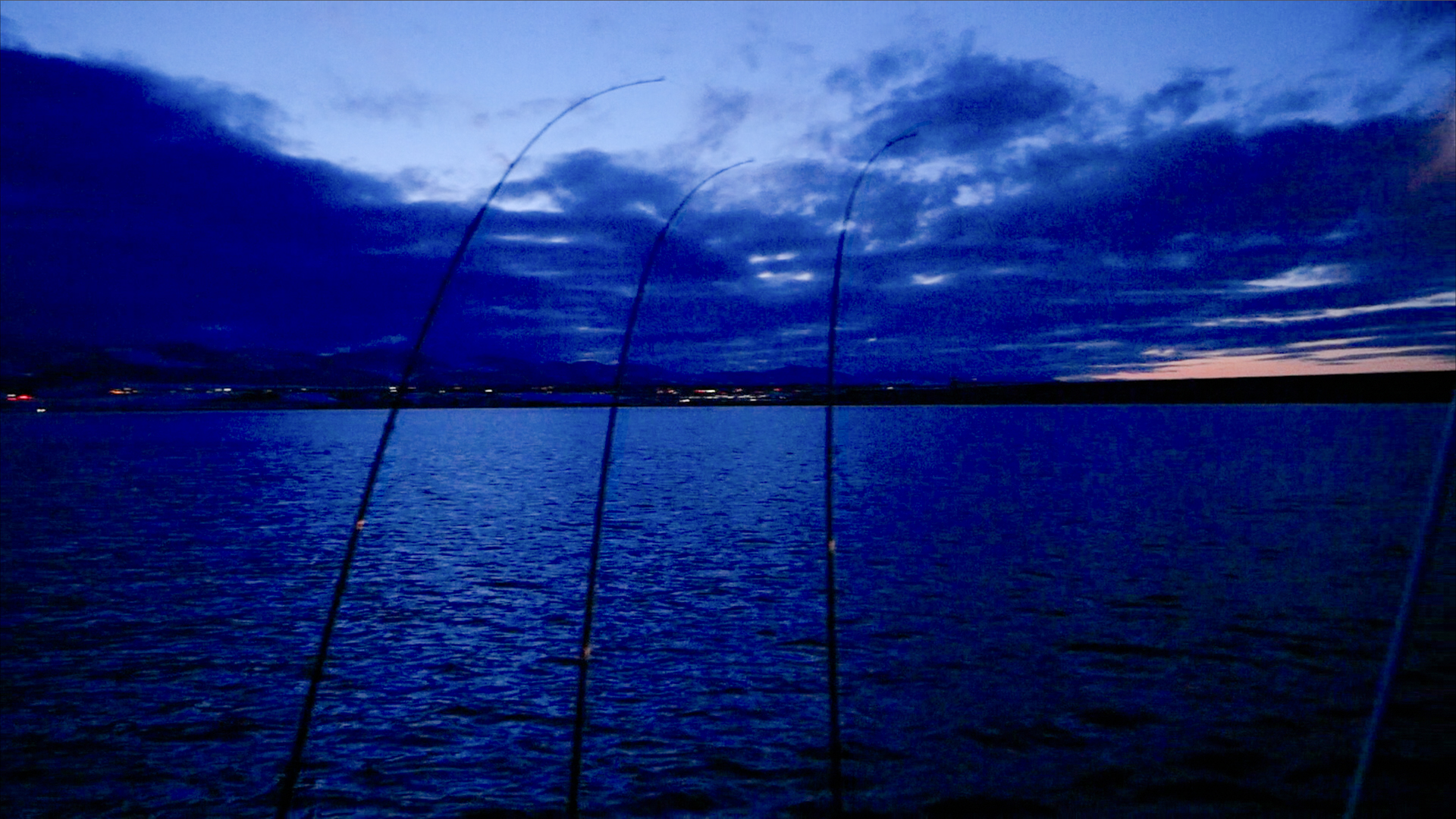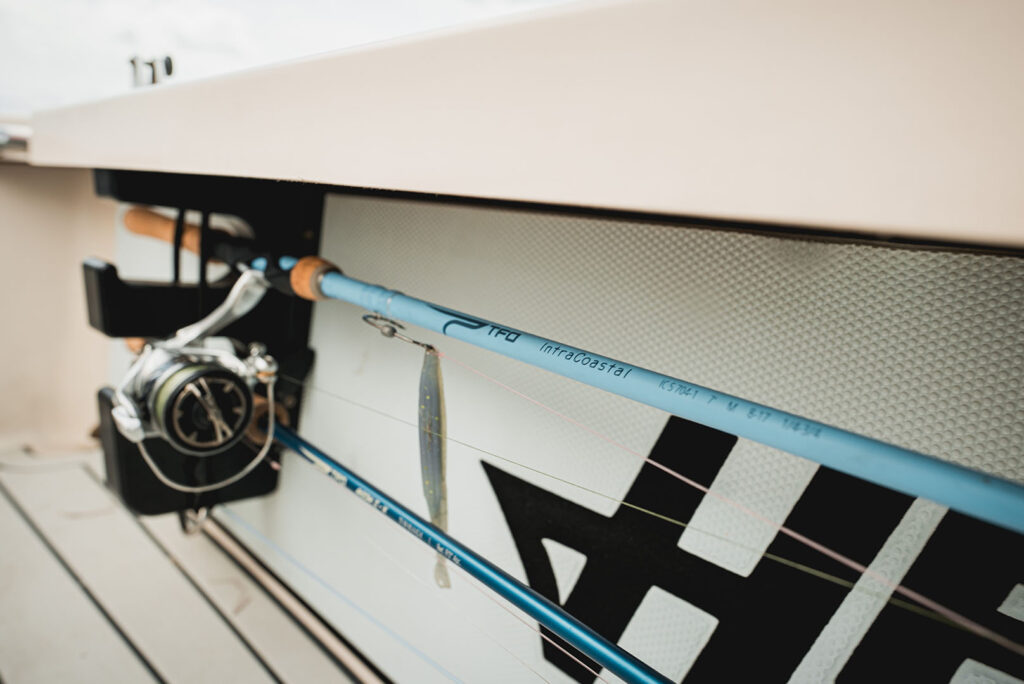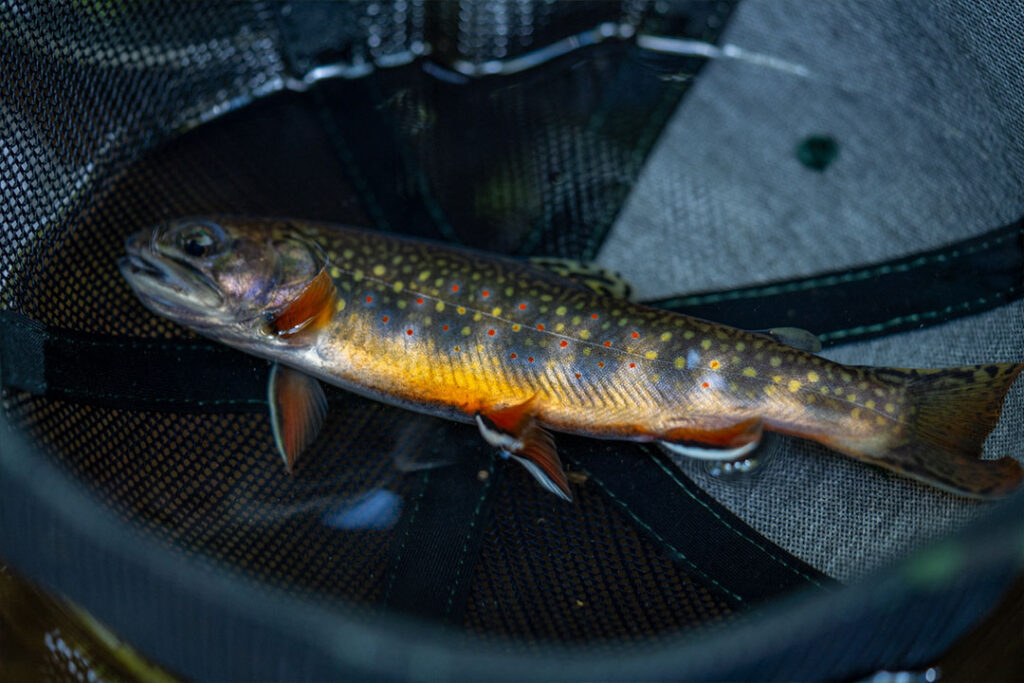Dusting off the trolling gear from a long winter’s nap is not for the faint of heart. Spring temps aren’t usually all that forgiving across most of the lower 48, but in Colorado, sitting a mile closer to the sun has some early season perks. Certainly, slathering on sunscreen again isn’t one of them. That’s part of the reason you can find me dropping the boat in the water just as the sun begins its trip around the other half of the world.
It’s no secret that the darkness brings on lots of advantages when you talk walleye fishing. But why? Well, as I tell most of my clients and friends, it’s all really because of the “tapetum lucidum.” Now before you think I’m some literary guru, it really just describes the way a walleye’s eyes are able to reflect light, like a cat. By definition, it’s “a layer of tissue in the eye, lying immediately behind the retina; it is a retroreflector. It reflects visible light back through the retina, increasing the light available to the photoreceptors.” This is what lends to the walleye’s incredible sight at night.
When we put the boat in gear and head to our first spot there are a couple absolutes in my mind. We are going to use stick baits and we are going to fish them shallow. Long stick baits like Rogues, Rapala’s, and Bombers, all have earned a permanent spot in my tackle locker. Spring walleye, no matter what stage of the spawn, are not moving too quickly. The slow wobble of these stick baits produce more fish than a fast action crank at night, even though our reservoirs are filled with gizzard shad, which carry a smaller profile like a crankbait. Secondarily, the longer profile bait gives the walleye more to look at as they silhouette the bait above them while it tracks through the shallows.In general, I want to build a pattern and repeat that pattern. That is what trolling is all about.
My gear consists of the Professional Walleye 7’ Casting Rod in Medium action (PRO WC 704-1) paired up with a 20 size line counting reel. The 7’ rod allows me to be extremely mobile in my boat. By keeping 7’ rods, when I catch a fish on one planer board, I can simply reel that fish in and rotate all the rods on that side of the boat forward. Then I can easily re-release the bait and set that rod in the now empty last rod holder spot. All this without ever missing a beat on the troll and hopefully tagging a few more fish along with it. The 7’ rods also provide a fair amount of give for the big waves without pulsing or shooting the planer board at the top of the break, and enough power to reel in the board, bait, and potential 25+” walleye.

Photo: Oliver Sutro
Planer boards are a popular way to keep your baits separated and also target the fish that spook away from the boat. Typically, fish will spook out perpendicular to the boat’s direction of travel, making planer boards a good choice all around. You can make them easier to see in the dark with reflective tape and boat mounted LEDs, lights that mount to the board, or just a traditional headlamp. Albeit, you can just as easily catch fish with the proper amount of line out behind the boat. I would recommend, if you fish without boards, to go for a trolling rod instead of a casting rod. The new Professional Walleye 8’6” (PRO WTC 864-1T) or the 2 piece 10’ (PRO WTC 1004-2) Professional Walleye Trolling rods will serve the purpose of keeping your baits separated and providing a little more backbone for hooking fish when a planer board is not in use.
We typically fish anywhere from 1-6 feet below the surface and in depths of 6-30 feet. When we start to build a pattern, we want to try multiple colors, different styles of baits, and varying depths. We may set one bait back 15 feet from a planer board for a shallow run and the next one 30 feet back. If we find one depth is being favored we can quickly match that with the line counters. Then from there, we can dial in a color or action that is working well. Once we catch consistent fish on one single pattern, we switch everything to that exact depth and bait. At this point, we’ve built a fairly good pattern that might be tuned in further by direction or travel, speed (1.4 – 1.8 MPH), or location.
All things considered, it’s usually not a bad way to spend a weekend night. It’s a bit colder than fishing under the giant solar heat lamp of day but arguably the best perk of braving the dark and chilly is the chance at a fish of a lifetime. A larger female sow walleye will lay roughly 500,000 eggs during the spawn. This expends tremendous amounts of energy, and after a bit of a resting period, the game is on to replenish the much needed nutrition lost during the event. Spring and fall are the best times to target these big fish but please remember how vital they can be to any ecosystem when just one fish produces so many eggs, only fractions of which will survive to become a catchable size. A picture will serve its purpose in securing a great memory and if you like something for the wall, today’s replicas are usually much better quality and a lot easier on the wallet than a traditional fish mount.
So embrace the dark or leave it, but if you haven’t tried it at least once, do. It’s harder to say yes to life’s little challenges as we get more comfortable in what we know. Seek discomfort, and you may just find the biggest walleye of your life hanging on at the end of your line.

Photo: Chris Edlin
Blog written by Colorado based TFO Ambassador Chris Edlin. You can find out more about Chris at his Youtube channel here.
![]()






